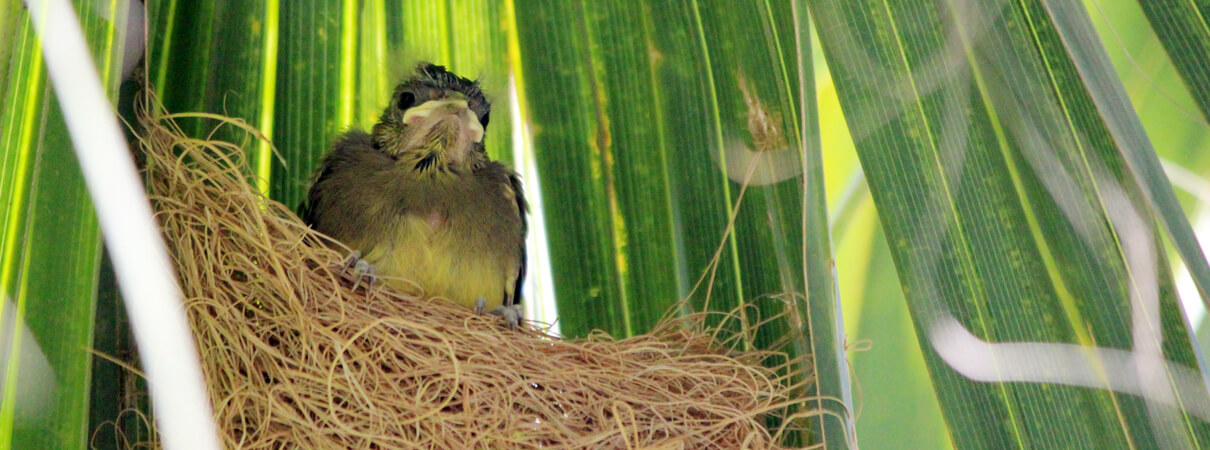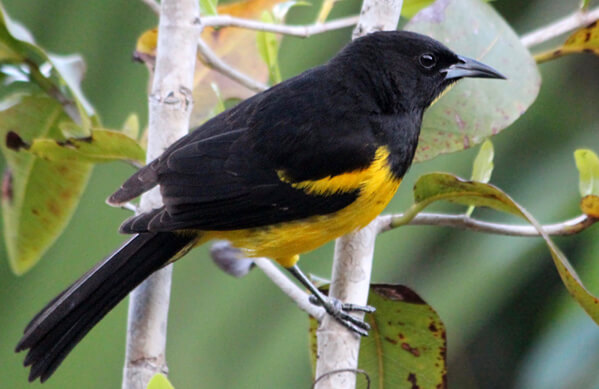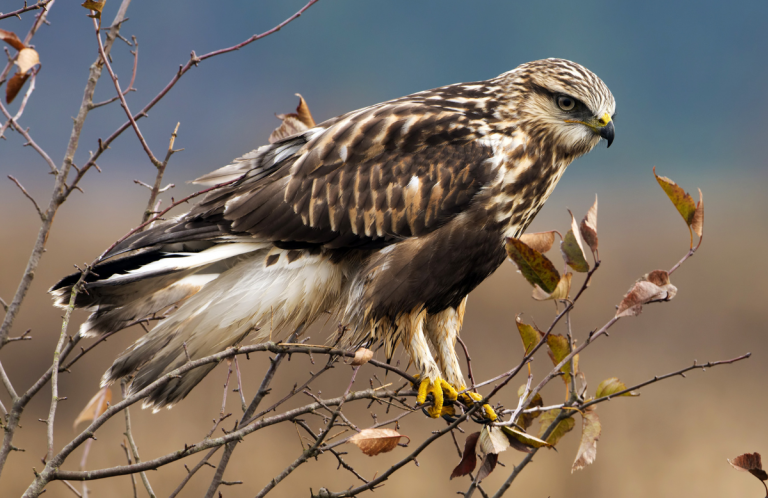 The dashing Bahama Oriole has shiny black plumage and bright lemon-yellow on its belly, wings, and rump. Unlike the related Baltimore Oriole, male and female Bahama Orioles are very similar in appearance. Found only on the Andros Islands in the Bahamas, fewer than 300 individuals are thought to remain.
The dashing Bahama Oriole has shiny black plumage and bright lemon-yellow on its belly, wings, and rump. Unlike the related Baltimore Oriole, male and female Bahama Orioles are very similar in appearance. Found only on the Andros Islands in the Bahamas, fewer than 300 individuals are thought to remain.
This rare oriole belongs to the New World blackbird family, which includes the Audubon's Oriole and the Red-winged Blackbird.
Taking Its Lumps
The Bahama Oriole has had the unusual distinction of being designated a species not once, but twice. In 1890, it was initially described as a distinct species. But during the 1940s and 1950s, the Bahama bird was combined, or "lumped," with three other Caribbean orioles — the Cuban Oriole, Hispaniolan Oriole, and Puerto Rican Oriole — into one species called the Greater Antillean Oriole. This decision was based on the birds' supposed ability to hybridize.
By the 2000s, however, scientists determined that the birds' distinct genetics and vocalizations, along with their isolated ranges, warranted splitting these Caribbean orioles into separate species once again. The Bahama Oriole is the rarest of them all. Although it was previously found on Abaco as well as Andros, the Abaco population disappeared during the early 1990s, likely as a result of Hurricane Andrew. Scientists thought the Andros population was in decline, but recent investigations have yielded some promising results.

Oriole of the Pines
The Bahama Oriole was once thought to nest only in settled areas with suitable palm trees (especially introduced coconut palms). Then a 2018 study by the Bahama Oriole Project — a collaboration between the University of Maryland, Baltimore County (UMBC) and Bahamas National Trust (BNT) — discovered Bahama Orioles nesting deep within Andros' pine forests, building their pouch-like nests in native understory palms and in pine trees themselves.
Funded in part by ABC, the study found that Bahama Orioles are able to use a wider range of breeding habitats than previously thought. It also led to new questions, such as the role that forest fires may play in this bird's survival and reproductive success. It may also mean that the species is more common than previously thought. Population surveys and habitat modeling are underway to provide a better population estimate.
Singing Back and Forth
At the start of the breeding season, Bahama Orioles cement their pair bonds by singing back and forth to their mates in a series of clear whistles, before getting down to the business of territory defense and nest construction.
(Audio by Andrew Spencer XC331598. Accessible at www.xeno-canto.org/331598)
Rarity Draws Attention
The Bahama Oriole faces multiple threats, including brood parasitism from the Shiny Cowbird and habitat loss due to logging and residential development. Introduced predators such as cats and rats pose a danger as well, as does weather: Increasingly frequent and severe hurricanes resulting from climate change could easily wipe out the Bahama Oriole's small population. Other endangered Caribbean birds are in similar straits, including the Imperial Amazon and the Puerto Rican Parrot.
Fortunately, the oriole has fans. ABC continues to work with BNT and UMBC on the conservation of the Bahama Oriole. With support from ABC and Columbus Zoo and Aquarium, BNT is educating local communities about the importance of Andros to this species, through presentations and distribution of brochures and posters. BNT is also conducting surveys to better understand the species' status on South Andros.
Our Cats Indoors program offers solutions to the challenges created by free-roaming cats, educates the public and policymakers, and advocates for responsible pet ownership.
Donate to support ABC's conservation mission!



















































